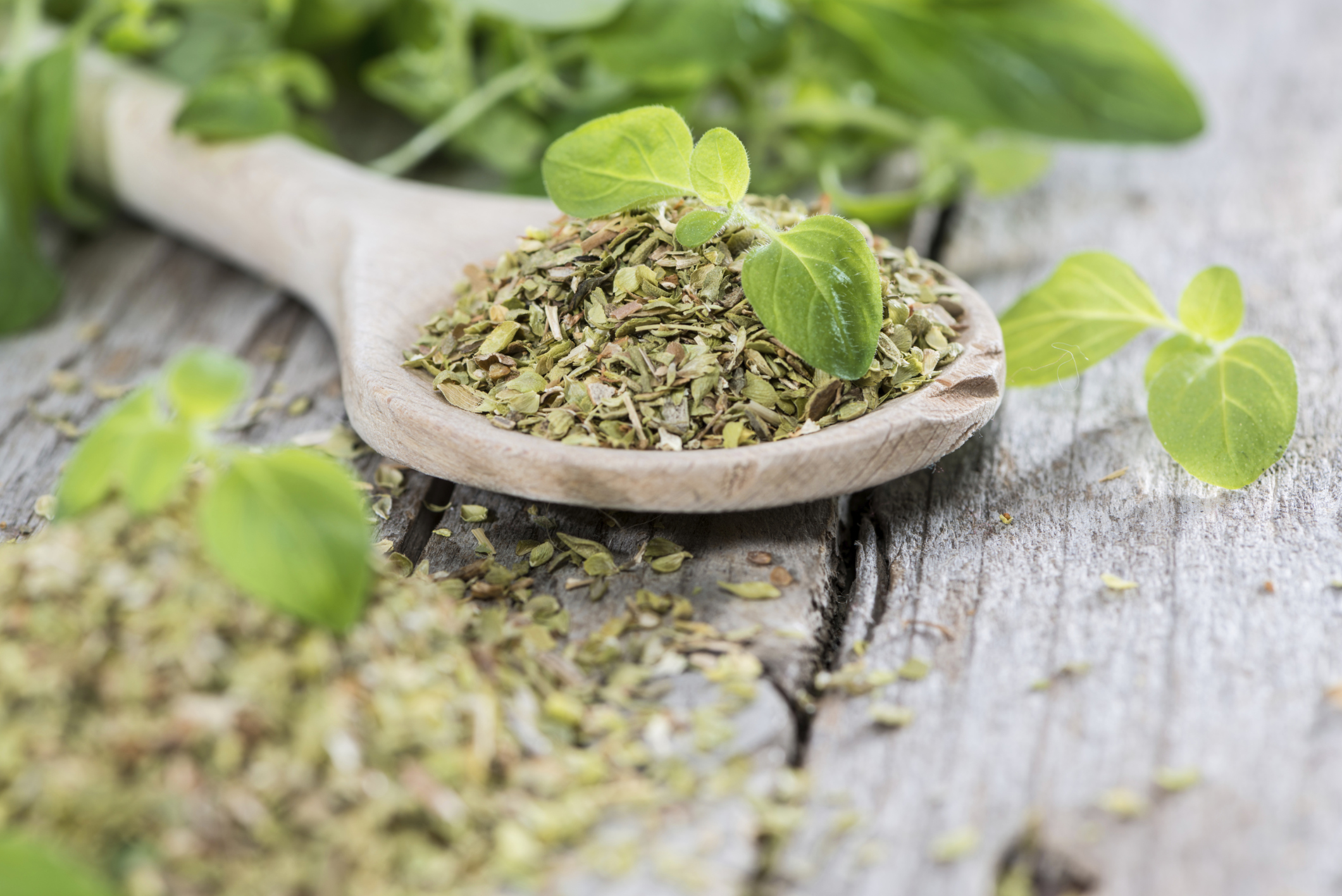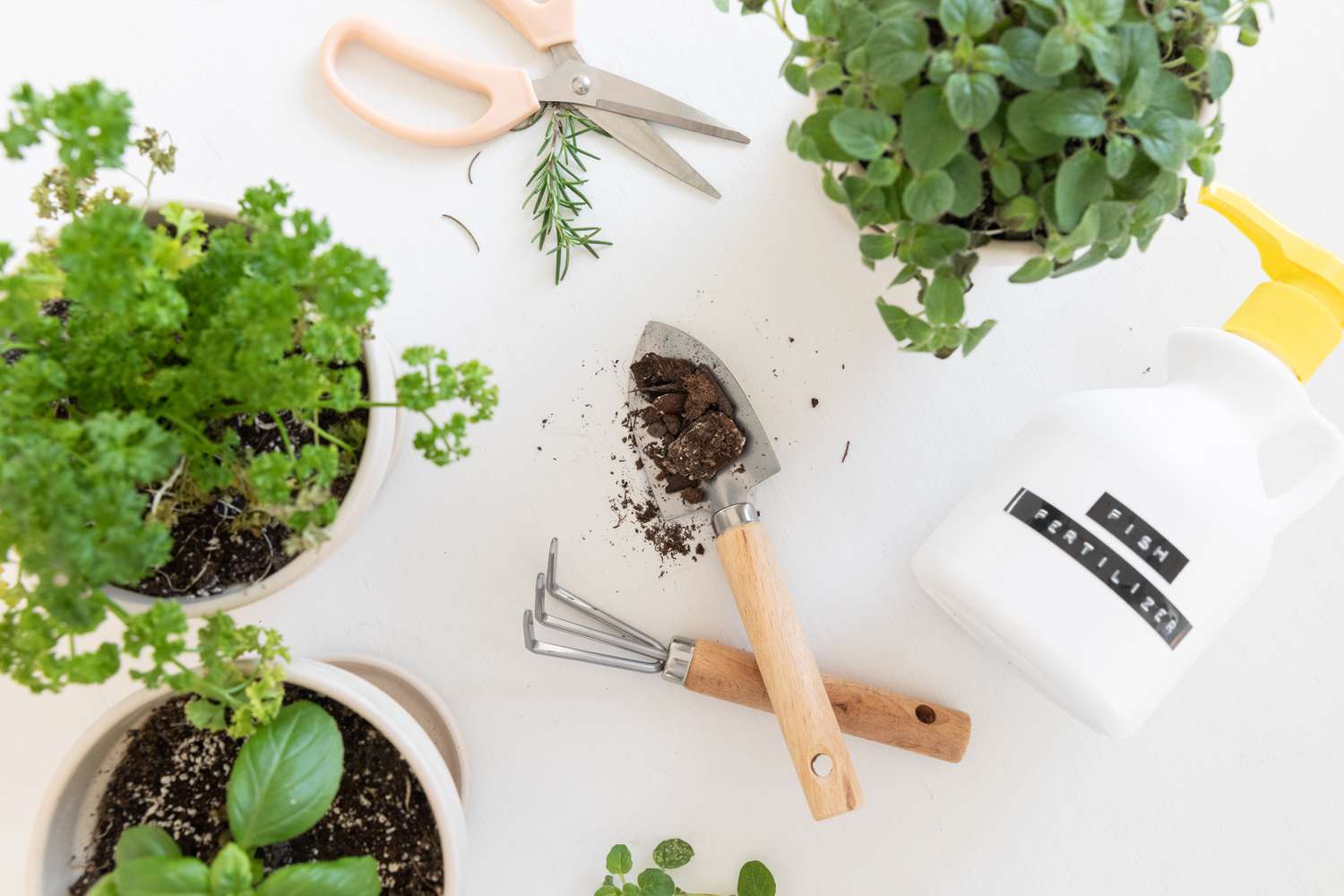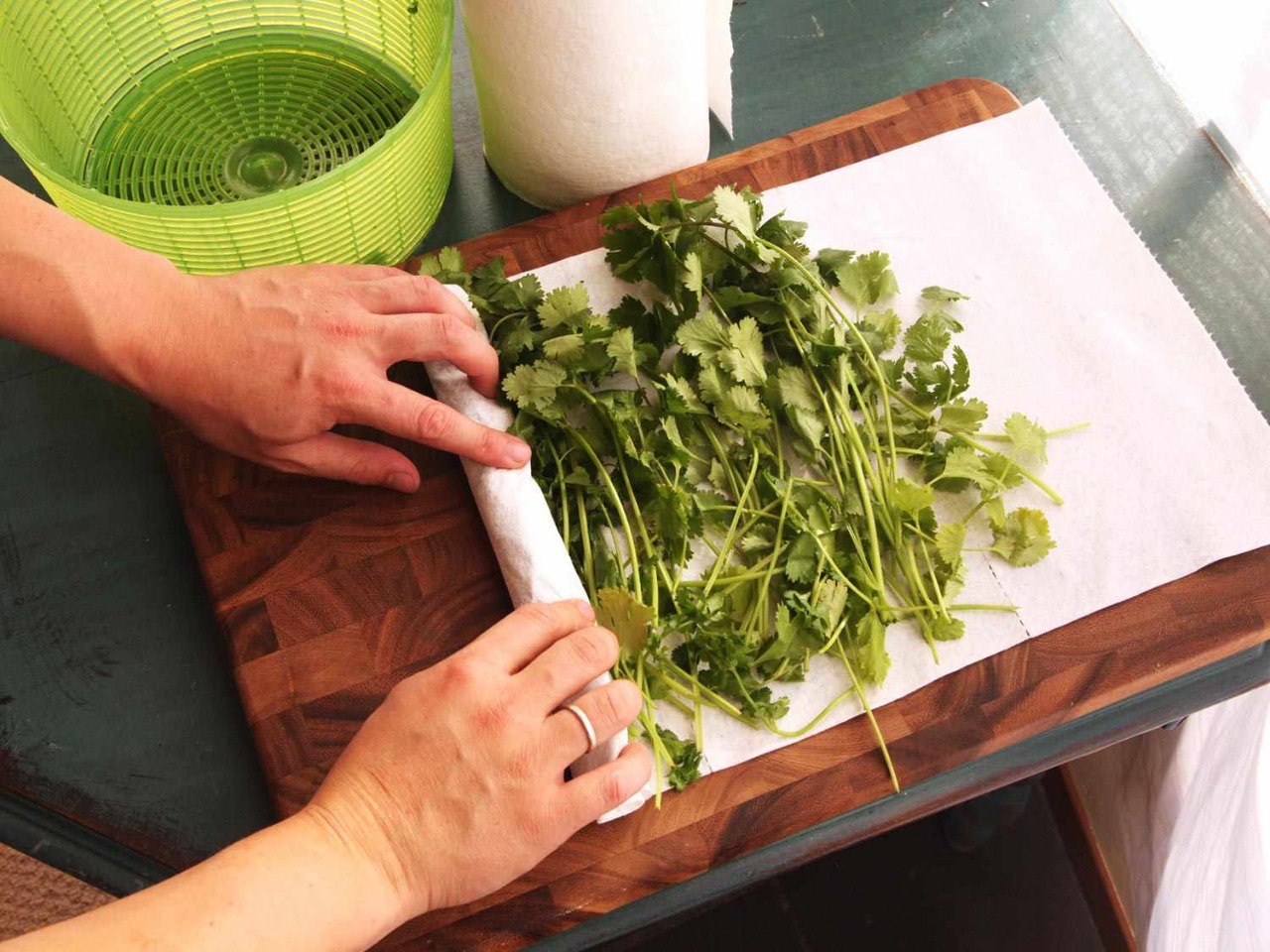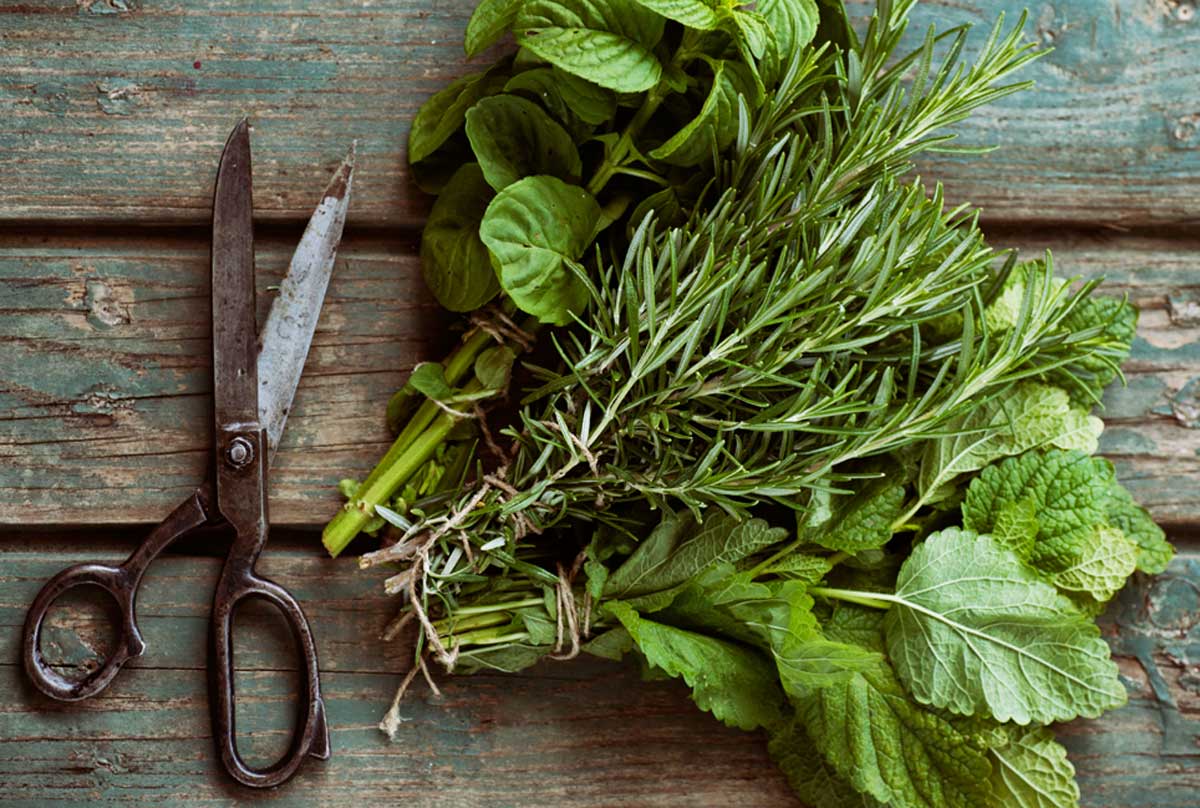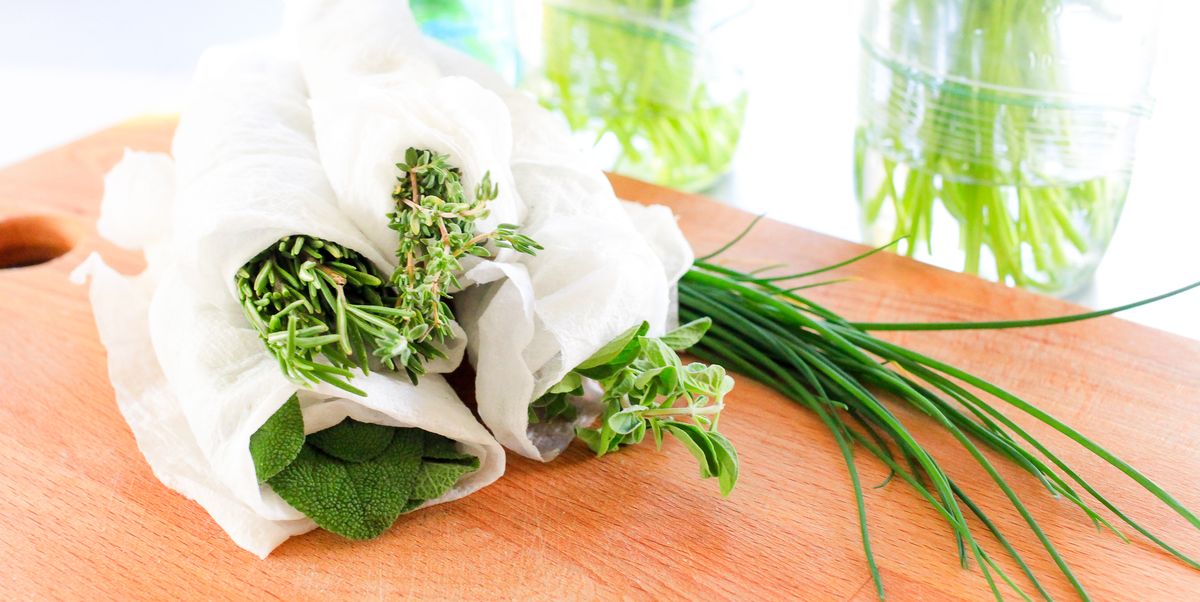Home>Gardening News and Trends>Latest News>How To Dehydrate Herbs In A Dehydrator
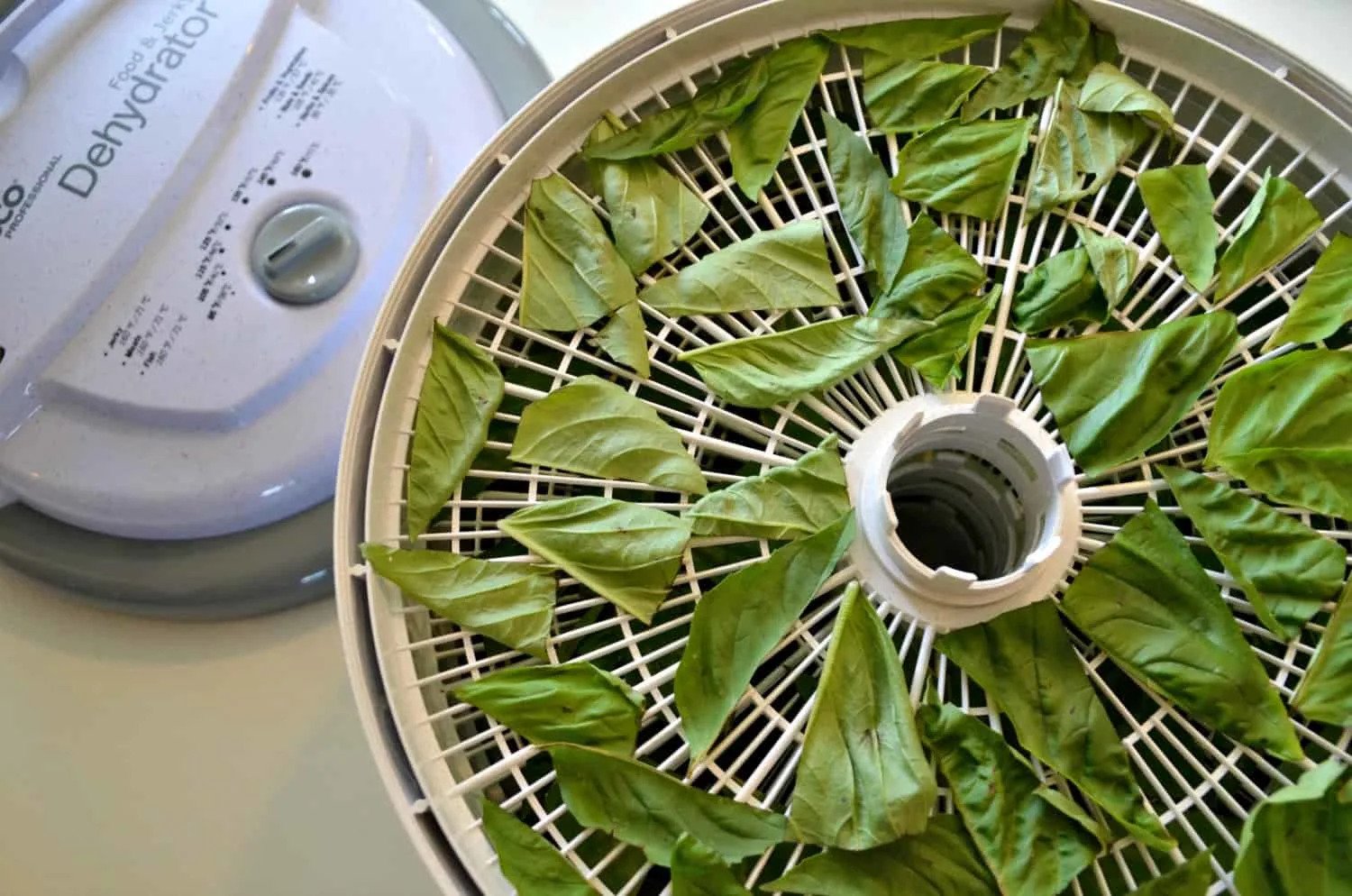

Latest News
How To Dehydrate Herbs In A Dehydrator
Modified: January 22, 2024
Learn how to easily dehydrate herbs in a dehydrator with our latest news. Preserve the flavors and nutrients of your favorite herbs for longer shelf life.
(Many of the links in this article redirect to a specific reviewed product. Your purchase of these products through affiliate links helps to generate commission for Chicagolandgardening.com, at no extra cost. Learn more)
Table of Contents
Introduction
Welcome to the world of dehydrating herbs! If you’re a passionate home cook or an aspiring chef, you know that using freshly dried herbs can elevate the flavor and aroma of your dishes to a whole new level. Dehydrating herbs is not only a great way to preserve their vibrant flavors, but it also allows you to have a readily available supply of herbs all year round, even when they are out of season.
In this article, we will guide you through the process of dehydrating herbs using a dehydrator. A dehydrator is a fantastic kitchen appliance that removes moisture from herbs, resulting in beautifully textured and intensely flavored dried herbs. Whether you have a herb garden bursting with fresh herbs or you want to make the most of a bountiful farmers’ market haul, a dehydrator will become your new best friend.
Throughout this article, we will provide you with detailed steps on how to choose and prepare your herbs, prepare your dehydrator, dehydrate the herbs, and store them properly. We will also share some valuable tips on how to best utilize your dehydrated herbs in your culinary adventures.
So, let’s dive in and explore the wonderful world of dehydrating herbs in a dehydrator. Get ready to unlock the full potential of your favorite herbs and elevate your cooking like never before!
Choosing and preparing your herbs
When it comes to dehydrating herbs, selecting the right herbs and preparing them properly is key to achieving the best results. Here are some important factors to consider:
- Choose fresh, high-quality herbs: Start by selecting fresh herbs that are vibrant in color and free from any signs of wilting or browning. The flavor and potency of dried herbs largely depend on the quality of the fresh herbs you choose. Opt for organically grown herbs if possible, as they are free from chemical pesticides and additives.
- Harvest at the right time: For herbs grown in your garden, it’s important to harvest them at the right time. Generally, it’s best to harvest herbs in the morning after the dew has evaporated but before the sun gets too hot. This is when the essential oils, which carry the distinct aroma and flavor of herbs, are at their highest concentration.
- Wash and dry your herbs: Before dehydrating, it’s crucial to wash your herbs thoroughly to remove any dirt or debris. Gently pat them dry with a clean towel or use a salad spinner to remove excess moisture. It’s important to note that some delicate herbs like cilantro and parsley may not be suitable for dehydrating, as they can lose their flavor and texture.
- Remove tough stems and wilted leaves: Once your herbs are clean and dry, carefully remove any tough stems and wilted or discolored leaves. These parts can impact the overall quality and flavor of the dried herbs. Be sure to use sharp kitchen shears or a knife to make clean cuts.
- Consider the size of the herbs: Depending on the type of herb, you may need to consider the size of the leaves or sprigs before dehydrating. For larger herbs like basil or mint, it’s best to separate the individual leaves or smaller sprigs for even drying. For herbs like rosemary or thyme, you can leave them on the stalks and remove the leaves after they are dried.
By carefully choosing and preparing your herbs, you will set the stage for successful dehydration and create flavorful dried herbs that can enhance your culinary creations. Once you have your herbs prepped and ready, it’s time to move on to preparing your dehydrator.
Preparing the dehydrator
Before you start dehydrating your herbs, it is important to properly set up and prepare your dehydrator. Here are the steps to get your dehydrator ready:
- Read the manufacturer’s instructions: Different models of dehydrators may have specific instructions and temperature settings. It is crucial to read the user manual that comes with your dehydrator to familiarize yourself with its features and recommendations.
- Clean your dehydrator: Before you begin, ensure that your dehydrator trays and screens are clean and free from any residue or debris. This will help maintain the quality and hygiene of your dried herbs.
- Preheat the dehydrator: Most dehydrators require preheating before placing the herbs inside. Check the recommended temperature for drying herbs in your dehydrator and preheat it accordingly. This will help ensure even and efficient drying.
- Arrange the trays: Depending on the size and capacity of your dehydrator, arrange the trays in a way that allows maximum airflow. Avoid overcrowding the trays as this can hinder the drying process. Leaving enough space between the herbs will promote proper air circulation and prevent the herbs from sticking together.
- Consider using parchment paper: If you have small or delicate herbs, you might want to consider placing a piece of parchment paper on the trays. This will prevent the herbs from falling through the cracks and make it easier to remove them once they are dried.
- Set the temperature: Adjust the temperature settings of your dehydrator according to the recommended temperature for drying herbs. Most herbs dry best at low temperatures between 95°F (35°C) to 115°F (46°C) to preserve their color, flavor, and essential oils.
Once your dehydrator is properly prepared, you are ready to start the drying process. It’s time to dehydrate your herbs and enjoy the wonderful aromas that will fill your kitchen!
Dehydrating herbs in a dehydrator
Dehydrating herbs in a dehydrator is a straightforward process that requires a bit of patience. Here’s how you can dehydrate your herbs using a dehydrator:
- Arrange your herbs on the trays: Place the prepared herbs in a single layer on the dehydrator trays. Make sure to space them evenly to allow proper air circulation. You can place different herbs on different trays, as some herbs may require different drying times.
- Start the dehydration process: Once the trays are filled with herbs, carefully slide them into the dehydrator and close the door. Turn on the dehydrator, and the drying process begins. The length of time required for dehydration depends on various factors such as the herb type, thickness, and moisture content. Typically, herbs take anywhere from 2 to 4 hours to dry completely. However, some herbs with higher moisture content may take longer.
- Monitor the process: It is important to periodically check the progress of your herbs during the drying process. Some dehydrators have transparent doors or trays, making it easier to monitor without opening the dehydrator and disrupting the airflow. You will notice the herbs becoming more brittle and losing their moisture as they dry. Be cautious not to over-dry them, as this can result in a loss of flavor and aroma.
- Rotate the trays: If you have multiple trays in your dehydrator, consider rotating them during the drying process. This helps ensure even drying, especially if your dehydrator has uneven heat distribution. Simply switch the trays from the top to the bottom or rotate them from front to back to promote uniform drying.
- Test for doneness: To determine if your herbs are fully dried, perform a simple pinch test. Remove a small piece of an herb and crumble it between your fingers. If it crumbles easily and is brittle, it is likely done. If it feels slightly soft or pliable, it needs more time to dehydrate.
Remember that different herbs may have different drying times, so it’s important to monitor each herb individually. Once your herbs are dry and fragrant, it’s time to remove them from the dehydrator and store them properly for long-lasting freshness.
Storing dehydrated herbs
Proper storage is crucial to maintain the flavor, aroma, and longevity of your dehydrated herbs. Here are some guidelines for storing your dehydrated herbs:
- Cool and dry the herbs: Before storing, allow the herbs to cool completely. This ensures that any residual moisture evaporates, preventing the growth of mold or bacteria. Additionally, ensure the herbs are completely dry to avoid any potential moisture build-up during storage.
- Remove any remaining stems or debris: Once the herbs have cooled, gently crumble them by removing any remaining stems, larger pieces, or debris. This step helps in achieving a consistent texture and makes it easier to use the dried herbs later.
- Choose the right storage containers: Opt for airtight containers such as glass jars, metal tins, or resealable plastic bags. These containers protect the dried herbs from exposure to air, moisture, and light, which can degrade their quality over time. Ensure that the containers are clean and dry before transferring the herbs.
- Label and date your containers: To keep track of the herbs and their shelf life, label each container with the herb name and date of dehydration. This is particularly helpful if you have multiple types of herbs stored.
- Store in a cool, dark, and dry place: Extended exposure to heat, light, and humidity can cause the herbs to lose their flavor and potency. Store your containers in a cool, dark, and dry location away from direct sunlight, such as a pantry or cupboard. Avoid storing them near sources of heat, such as the stove or dishwasher.
- Use within a year for maximum freshness: While dried herbs can last for several years if stored properly, it’s best to use them within a year to enjoy their optimal freshness and flavor. Over time, the potency and flavor of herbs gradually diminish.
By following these storage guidelines, you can ensure that your dehydrated herbs retain their vibrant flavors, enticing aromas, and overall quality for an extended period.
Tips for using dehydrated herbs
Dehydrated herbs are a convenient and versatile ingredient that can be used in a variety of dishes to add depth and complexity to your culinary creations. Here are some helpful tips for using dehydrated herbs:
- Rehydrate before use: While dehydrated herbs are powerful in flavor, rehydrating them before use can help release their full potential. Simply soak the herbs in a small amount of water, broth, or oil for a few minutes to bring them back to life. This allows the herbs to soften and intensify their aroma and taste.
- Use in dry rubs and spice blends: Dehydrated herbs are perfect for creating homemade dry rubs and spice blends. Mix them with other dried spices, such as garlic powder, onion powder, and chili flakes, to create a personalized blend that adds a flavorful punch to your meats, vegetables, or roasted dishes.
- Add to sauces and soups: Sprinkle a pinch or two of dehydrated herbs into your sauces, gravies, or soups to infuse them with a burst of flavor. They can bring a robust herbaceousness to your dishes without overpowering other ingredients.
- Enhance marinades and dressings: Incorporate dehydrated herbs into your marinades and dressings for an added layer of complexity. They can elevate the flavors of your marinades for meats or vegetables and bring a zesty kick to your homemade salad dressings.
- Garnish with a sprinkle: Use dehydrated herbs as a finishing touch to your dishes by sprinkling them on top. This not only adds a visual appeal but also imparts a pop of flavor. Sprinkle dried herbs over salads, pasta dishes, pizza, roasted vegetables, or even scrambled eggs for a burst of freshness.
- Experiment with herb-infused oils and vinegars: Create your own herb-infused oils and vinegars by combining dehydrated herbs with your favorite oils or vinegars. Let them steep for a few weeks to infuse the flavors, then use them in dressings, marinades, or as a flavorful drizzle over cooked dishes.
- Adjust the amount to taste: Keep in mind that dehydrated herbs are more concentrated in flavor compared to fresh herbs. Start with a small amount, and gradually adjust to achieve the desired intensity of flavor. Remember, you can always add more, but it’s challenging to take it away once added.
By incorporating these tips into your culinary adventures, you can make the most of your dehydrated herbs and create dishes that are bursting with flavor and aroma.
Conclusion
Dehydrating herbs in a dehydrator is a simple and rewarding way to preserve the flavors and aromas of your favorite herbs. By following the steps outlined in this article, you can successfully dehydrate your herbs and have a readily available supply of flavorful dried herbs throughout the year.
Remember to choose fresh, high-quality herbs and properly prepare them before dehydration. Take the time to set up and prepare your dehydrator for optimal drying conditions. Monitor the drying process and ensure your herbs are fully dried before storage.
When storing your dehydrated herbs, use airtight containers in a cool, dark, and dry location to maintain their freshness and potency. Label your containers for easy identification and use your herbs within a year for the best flavor.
Finally, unleash the power of your dehydrated herbs in your culinary creations. Rehydrate them before use, incorporate them into dry rubs, sauces, or marinades, and experiment with herb-infused oils and vinegars. The possibilities are endless!
So, go ahead and dive into the world of dehydrating herbs in a dehydrator. Enhance your dishes with the vibrant flavors and enticing aromas that only dehydrated herbs can provide. Happy dehydrating and happy cooking!
